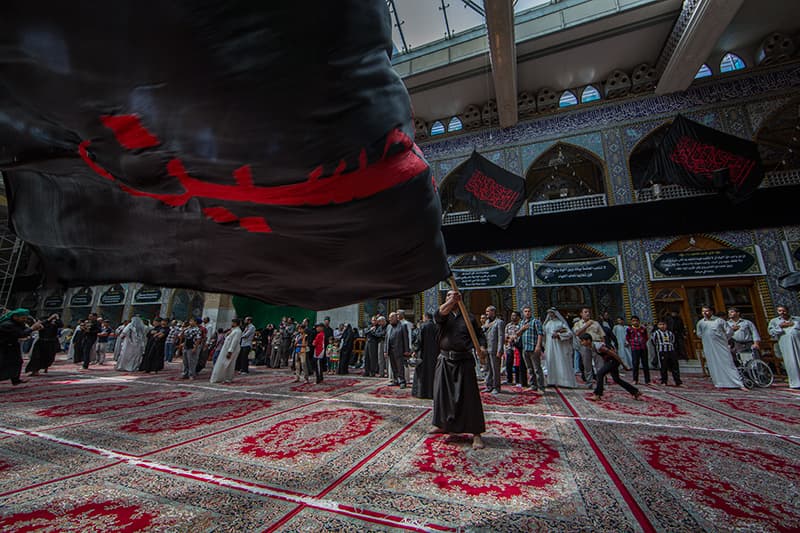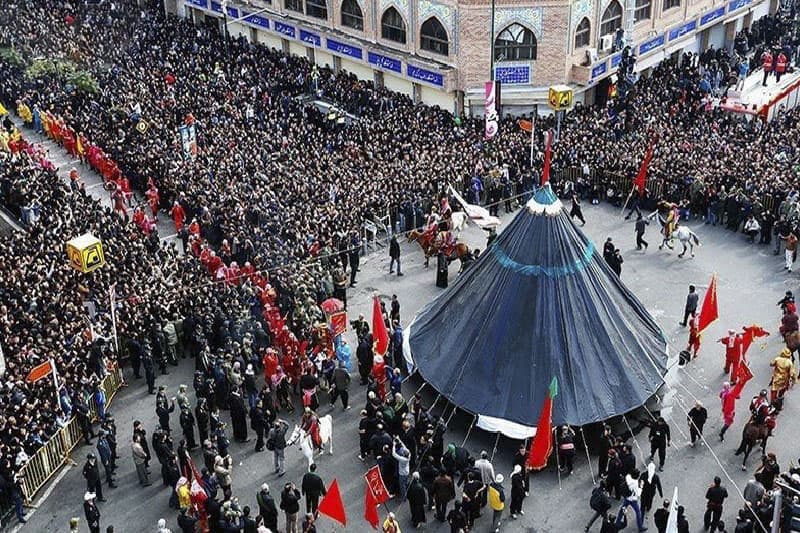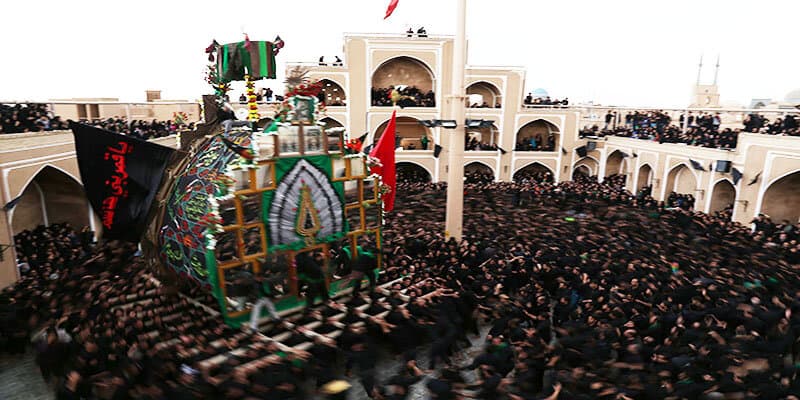Traveling to Iran in Muharram
Traveling to Iran during Muharram period, especially Ashura day, can offer you an opportunity to get more familiar with Iran's dominant religion and its local culture considering people's beliefs; in addition, it can make you enjoy the experience of Iranians' unique feature of hospitality along with their eye-catching rituals to commemorate Imam Hussein's martyrdom.
To commemorate Imam Hussein's martyrdom
As the first month of the Islamic lunar year, Muharram is of great importance to Shai Muslims due to Imam Hussein's martyrdom on Muharram 10th. Being the third Shai Imam, Imam Hussein's battle against the forces of Ummayad caliph took place in Karbala plain and resulted in the martyrdom of Imam Hussein and his 72 faithful companions.
Shia Muslims from all over the world hold some mourning rituals annually to commemorate this event, which plays an important role in their beliefs and religion since it teaches them some lessons like not surrendering to cruelty and maintaining their freedom. Mourning rituals last for the first ten days of Muharram and Shia Muslims hold various ceremonies, each of which symbolizes an event in Karbala battle.

Muharram's mourning rituals
Like other Islamic countries, Shia Muslims in all cities of Iran hold special rituals during this period to commemorate Imam Hussein. Cities appear to have a different look as black flags can be seen anywhere and people wear black to show their respect to their religion.
Taziye, Iran's intangible cultural heritage inscribed on UNESCO list
Taziye is a theatre-like ritual, which as a unique ritual not only recounts the tragedy that Imam Hussein experienced in Ashura but also reflects Iranian's art, literature and social beliefs. Taziye re-enacts the events in Karabala battle which included Imam Hussein's companions' deprivation of water, the enemy's cruel behavior to the captives no matter they were adults or children, and comes to and end with Imam Hussein's martyrdom on Ashura day which is the tenth day of Muharram.
Taziye was first performed in public places, but gradually some structures called takiyeh were constructed for this performance. During Qajar dynasty, Qajar kings paid attention to this ritual and it was performed elaborately. Unfortunately, Reza Shah Pahlavi outlawed this ritual and its importance declined in Pahlavi dynasty. Hopefully, this traditional and religious ritual is held wildly in Iran these days.

"Nakhl Gardani" ritual in Yazd
A world heritage city, Yazd has always attracted tourists for its extraordinary rituals including Nakhl Gardani every year. The main ceremony is held in Amir CHakhmaq Square in which many people gather to watch the event. Nakhl, which means palm tree, symbolizes Imam Hussein's coffin made of wood, and it is covered with black fabrics and is carried by hundreds of men. They turn it many times around this square and mourners chant religious sermons.

What visitors need to know while in Iran
As Iranians are observing Imam Hussein's mourning in this period, you are recommended not to wear bright colors like red or pink to respect Iranians' beliefs. Most shops are closed in Ashura, so you had better do your shopping the days before. Tourist attractions and most government offices are closed in the 9th and 10th day of Muharram. Although restaurants are closed, you do not need to worry because Iranians serve free food and drink on these two days when you can experience Iranians' hospitality.